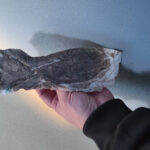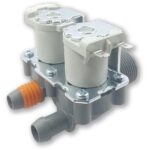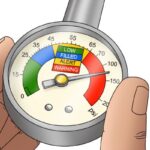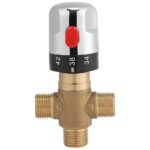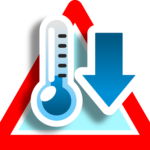How the Solar Water Heater Behaves After Intense Consumption
Many times, the water consumption from the solar water heater is small and brief, such as during a 5-10 minute shower presented in the related article. However, sometimes the usage is intense, with the most typical example being a family showering one after the other, especially the children! From the graphs of the IOT DATA LOGGER PROJECT project, it is proven that the most intense use comes from the children of the family, as they do not yet understand what moderation means!
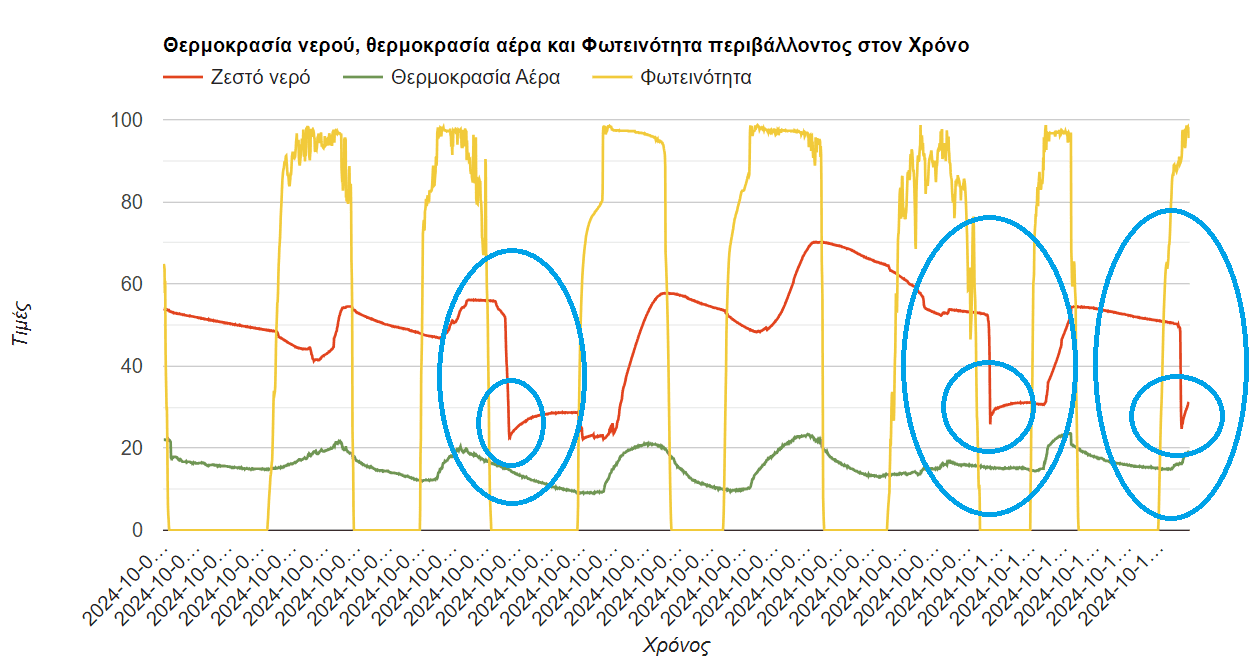
Beyond the obvious that the graph suggests about the water temperature during use and the steep drop, it is interesting that during use the temperature sensor can show values lower than those actually supplied by the boiler of the water heater. The temperature sensor is placed exactly in the middle of the tank after being installed in the position of the electric thermostat (no use at all of the electric heating element).
Theory
The thermal cycle or thermal cycling refers to the process where a material or system undergoes repeated temperature changes, often cycling between hot and cold conditions and vice versa. In solar water heating systems, thermal cycling can occur due to heating and cooling cycles caused by usage patterns, solar energy input, and water flow.
In our case, when the hot water is consumed from the solar water heater, the temperature drops because the stored hot water is replaced by colder water. After the consumption decreases, the system may retain residual heat in certain components, such as the pipes, the collector, or even in the storage tank at a higher point, which gradually dissipates and causes a slight temperature recovery as hot and cold water mix again. The hot water outlet from the boiler is high because hot water accumulates there. If consumption stops and no cold water enters, the temperature normalizes within a short time.
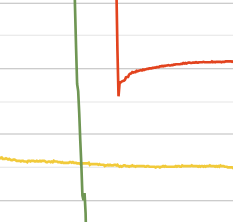
This phenomenon can repeat every time the system cycles between periods of high and low usage, thus creating a pattern of temperature drops followed by slight increases. It is a normal phenomenon, especially in systems that do not have continuous heat supply or auxiliary heating when solar energy is absent. During sunny periods, this “anomaly” is expected to be smaller.
- Improvements in the Placement of the Data Logger - 29 January 2025
- Solar Water Heater Statistics – December 2024 - 10 January 2025
- Washing machines with dual water supply - 24 December 2024




